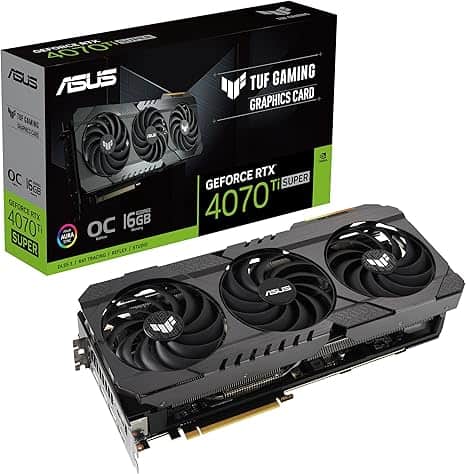
ASUS TUF Gaming GeForce RTX 4070 Ti Super
Your new l14th Gen CPU needs a GPU partner, here are our top picks

WePC is reader-supported. When you buy through links on our site, we may earn an affiliate commission. Prices subject to change. Learn more
Finding the best GPU for the Core i5 14600K can be a challenge, it can be a challenge finding the best GPU for any CPU really. Firstly, you have to consider your use case, and what you want out of the PC you are building. With that sorted, then you can move on to exploring your options, and the 14600K is a fine option at that.
The i5-14600K sits towards the bottom tier and cheaper end Raptor Lake lineup. Compared to the 13600K, there isn’t much change. The new selection is instead a refresh to Raptor Lake rather than a whole new generation. In that case, you want to match it up with an appropriate GPU and try to avoid any sort of bottleneck from the GPU. So we give you our expertly selected range of the best GPUs for any budget.
if you are interested in the 14600K but haven’t quite pulled the trigger on it yet, then you can read our 14600K review to see what it has to offer, and whether or not it seems like a CPU that will suit your needs.
When selecting the best value GPU to pair with the Core i5-14600K, the goal is to get a balance between affordability and performance, making sure that neither the GPU or the CPU bottlenecks the other. We focus on efficiency, power, and real-world usability, aiming for GPUs that provide solid gaming and productivity performance that pair the best with your CPU of choice.
How we pick includes extensive testing through benchmarks and hands-on testing, where we evaluate each card in gaming scenarios, rendering tasks, and general productivity. It’s not just about raw performance as we also take into account factors like power consumption, build quality, and even the cooling solution to ensure you’re getting a GPU that performs well in your setup.
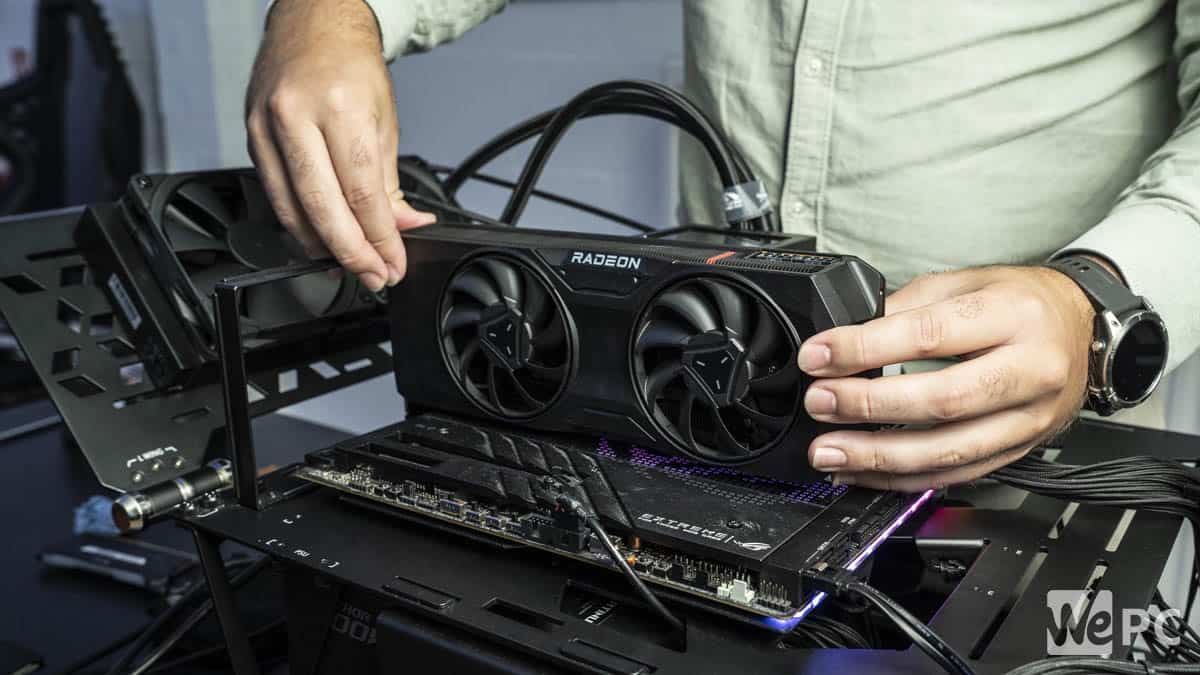
This level of scrutiny allows us to recommend GPUs that offer excellent value without compromising the 14600K’s capabilities orr causing bottlenecks on the other end. If you’re curious about how we test GPUs, feel free to check out our breakdown on the WePC testing page.



At the top of the selection for the best GPU for the 14600K, we have the RTX 4070 Ti. What seems to be one of the only cards that bring any value to Nvidia’s Ada lineup as it balances the specs and price much better. It also comes with plenty of benefits from what the architecture and technology have to offer. The ASUS TUF model in particular brings some good value and design to the card as well as the option to go for.
It is a capable GPU across the board, averaging great numbers no matter the resolution as it is even capable at 4k for even sitting in the mid-tier. That allows it to pair up nicely with the 14600K, getting the most out of each other across the board. Where it also shines is with the usage of frame generation in DLSS 3 from its new features. It also has great efficiency with a TDP of just 200W. Now all your power and cooling can focus on the CPU instead.
What that allows is for the ASUS TUF RTX 4070 Ti to be just a two-slot model, as we state in our review, but it is fairly long with it being a 3 fan card. With the retail price sitting at the launch price of the graphics card at $599. That gives it a good value option as well in the world where many options are reaching the $1k mark.

The AMD RX 7800 XT is a fantastic choice if you want to game at 1440p resolutions, and sometimes 4K with the help of FSR upscaling. It also comes in at way less than $1,000, so you can invest that money elsewhere. If you want to go the Ray tracing route, though RDNA 3 made many improvements over RDNA 2, Nvidia is still the best option for that.
Now for the AMD GPU that is the option to consider, and one of the best options in its lineup at the moment, the RX 7800 XT is the choice to go for. It took some time for this model to come through, filling in the gap in the RDNA 3 lineup it comes at a good time to be a good choice for those looking for an upgrade or a good match for their 14600K.
The card is also rather capable, of being able to reach a high FPS across the board. Also being able to run at 4K at a good FPS hundreds or at least 60 for the UHD resolutions. It does trade blows if not outright beat the 4070 in most cases, however as an AMD card it does come with its drawbacks. The less popular brand lacks ray tracing and encoding performance. So if you have some work to do or enjoy the pretty lighting, you’ll have a bigger hit to performance and might need to rely on upscaling and does have the benefits of a driver-level option with RSR.
The Radeon RX 7800 XT is a rather hefty card to go for. But with a 263W TDP, it can be expected, which is one of the other drawbacks. Size and efficiency are a drawback even if you get a higher performance for it. But with the price sitting at the MSRP of $500, it does offer up a better value for the framerate it does provide.

The 7700 XT is one of the better cards of AMD’s current generation, well, for the value of course It’s sort of sat in the middle of the pack and often overlooked as an option. We’re here to tell you that it would pair perfectly as a 1440p upscaled card with the 14600K. The utilization of FSR can help push your gaming experience beyond what you thought possible.
The RX 7700 XT is known for its performance sweet spot, this mid-range GPU from AMD offers serious bang for your buck. While often passed over in favor of flashier options, the 7700 XT is more than capable, particularly at 1440p, where it flexes its muscles. And while 4K might be a stretch, it’s not completely out of the question thanks to AI upscaling.
Built on AMD’s RDNA 3 architecture and TSMC’s 5nm process, the 7700 XT delivers a 20% performance boost over its predecessor, the RX 6700 XT. This makes it a great companion for the 14600K, which can easily keep up with most modern games at high settings, as we state in our review. With 12 GB of GDDR6 memory and a 192-bit bus, this card hits bandwidth numbers that rival some higher-tier models. The cooling solution on Sapphire’s Pulse version, in particular, deserves a shoutout – it’s efficient enough to prevent thermal throttling even under heavy loads.
While the 7700 XT might not boast the highest shading unit count in its class, its 3456 units get the job done without breaking a sweat. Pair this card with the 14600K, and you’ve got a solid gaming rig capable of handling everything from competitive 1440p gaming to more demanding AAA titles, all while keeping your budget in check.

The 7600 XT is a fantastic card that proves very valuable on the budget end of the spectrum, this card has a high boost frequency thanks to it’s factory overclock and is quiet when operating despite the three fan design.
For gamers building around the 14600K, the RX 7600 XT stands out as one of the best value options. If you’re aiming for a budget-friendly rig without sacrificing too much performance, this entry-level card from AMD delivers great value, particularly when stacked against Nvidia’s offerings. While it doesn’t quite match the power of the 4060 Ti, it certainly holds its own in the competitive mid-range market.
Our tests showed that the RX 7600 XT excels at 1080p gaming, offering smooth performance across a range of titles, and even dabbles in 1440p for lighter workloads. Paired with the 14600K, it’s a solid pick for gamers who want a capable system without splurging on a higher-end GPU.
At its core is the Navi 33 XT processor, built on AMD’s RDNA 3 architecture, featuring 16GB of GDDR6 VRAM, a 128-bit memory bus, and a memory bandwidth of 288GB/s. It may not sound like the most powerful setup on paper, but with clock speeds pushing up to 2,755MHz and 2,048 stream processors, the card punches above its weight. With a 190W power rating, it pairs efficiently with the 14600K to keep power consumption in check while still providing strong gaming performance.

ASUS TUF Gaming GeForce RTX 4070 Ti Super
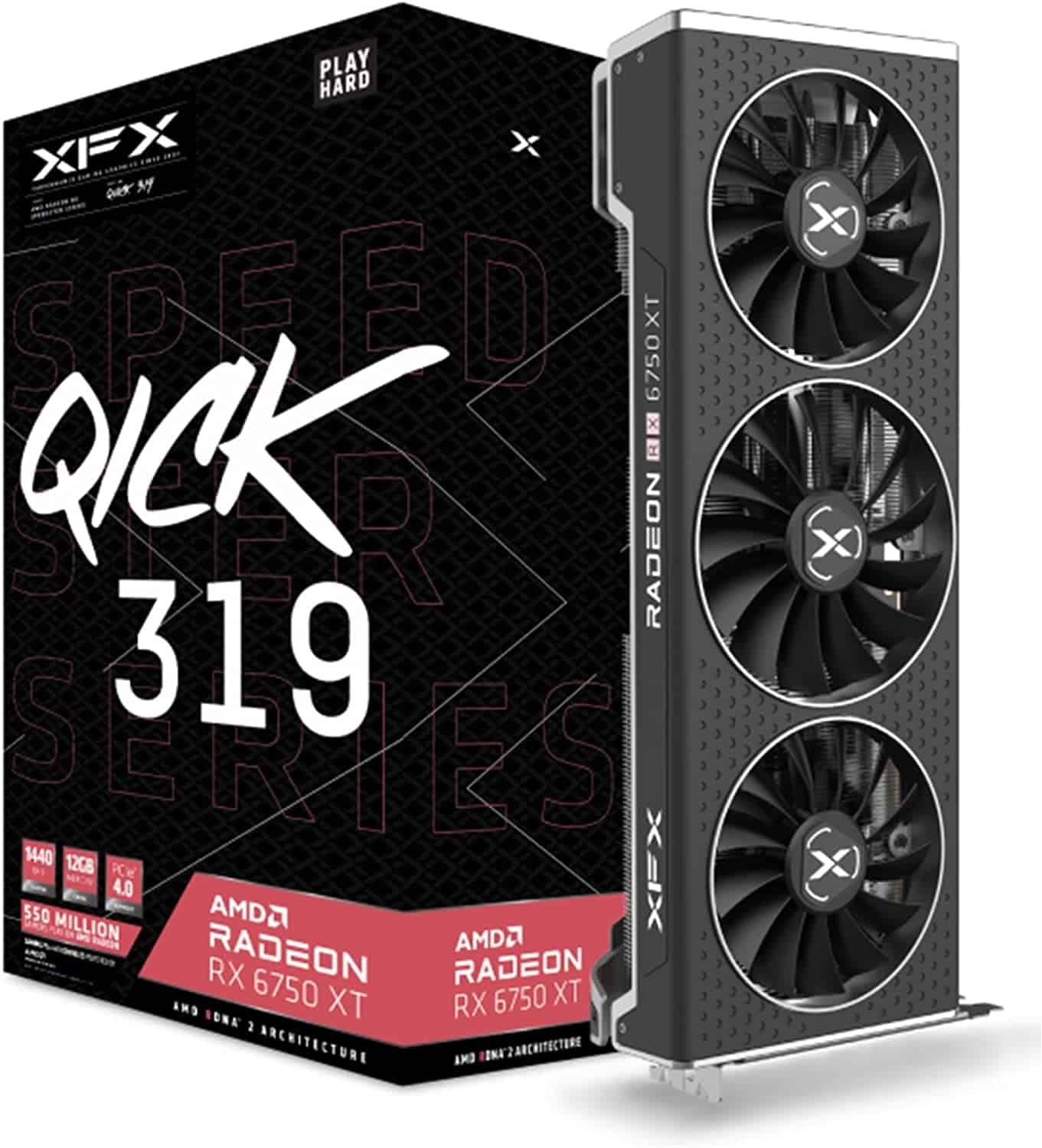
XFX Speedster QICK319 Radeon RX 6750XT CORE Gaming Graphics Card with 12GB GDDR6 HDMI 3xDP, AMD RDNA 2 RX-675XYJFDP
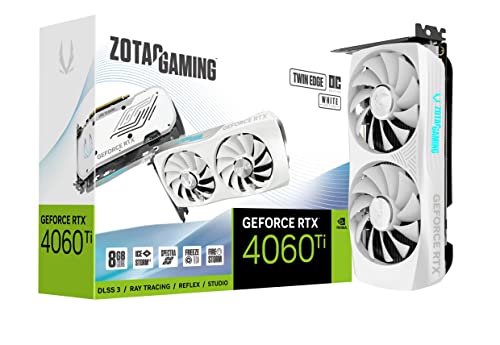
ZOTAC Gaming GeForce RTX 4060 Ti 8GB Twin Edge OC White Edition
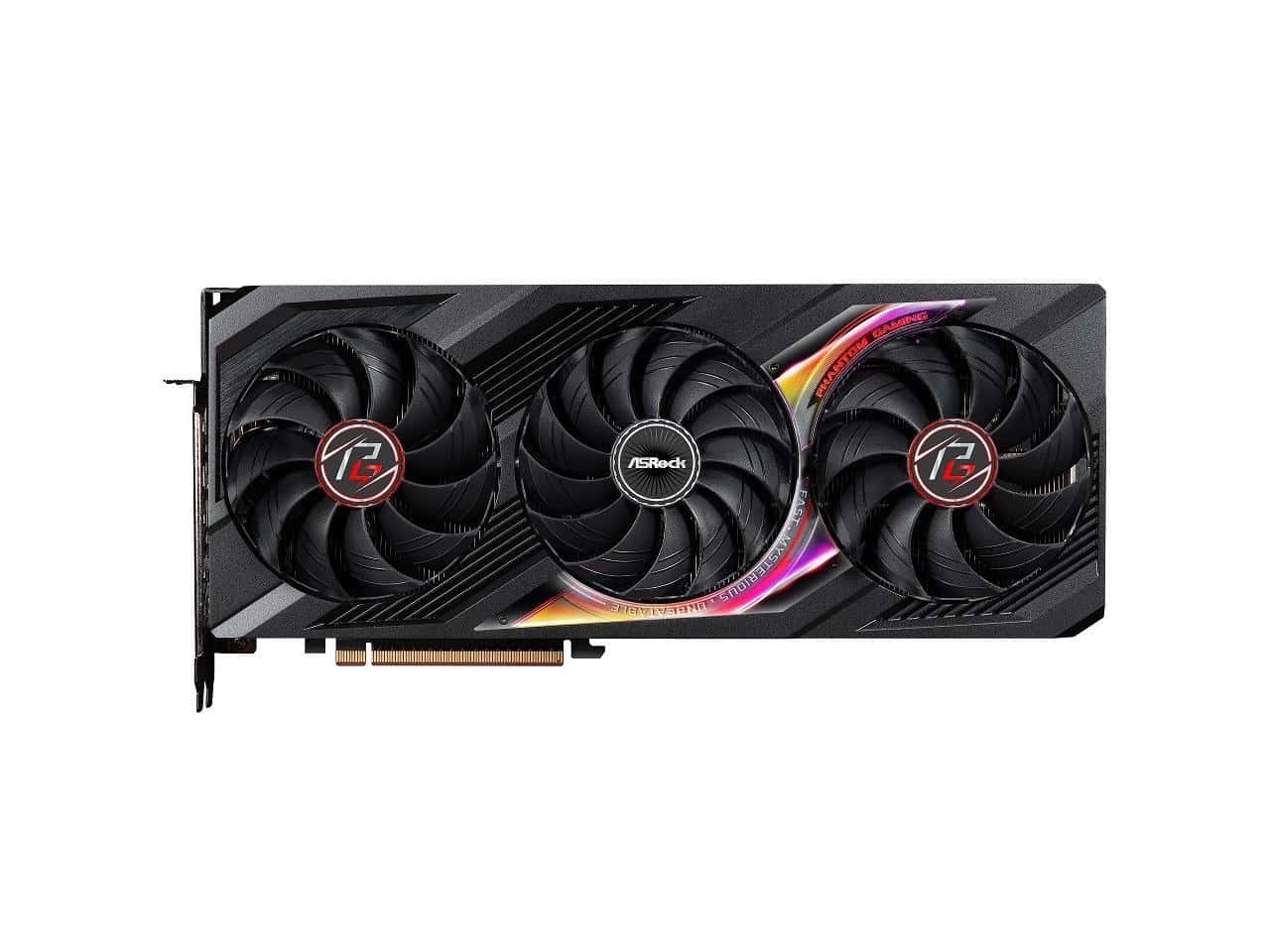
ASRock Phantom Gaming Radeon RX 7900 XTX

GALAX GeForce RTX 4070
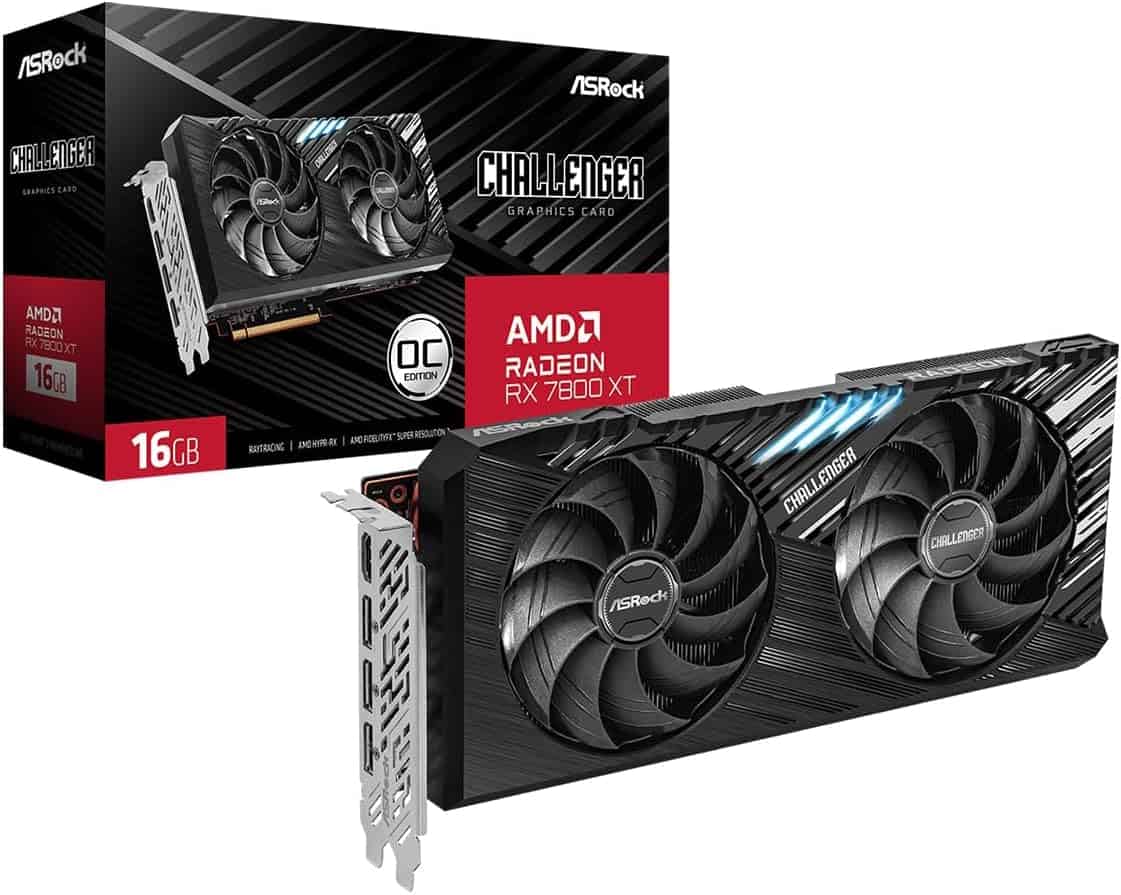
ASRock Challenger Radeon RX 7800 XT
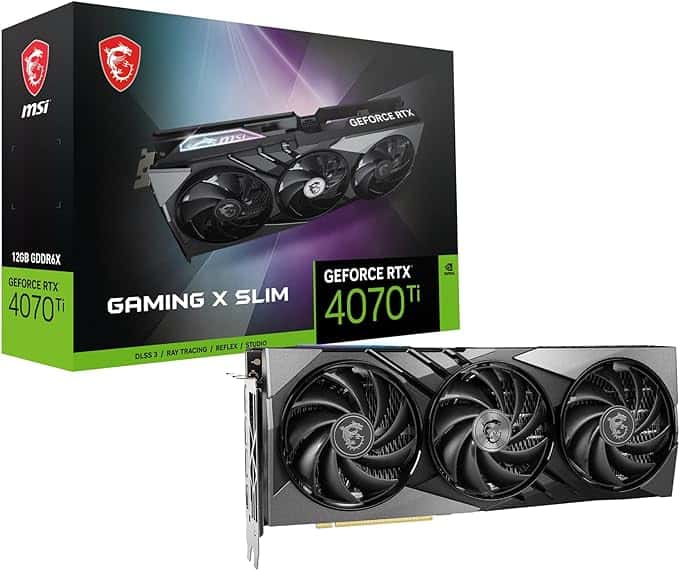
MSI Gaming RTX 4070 Ti X Slim 12GB
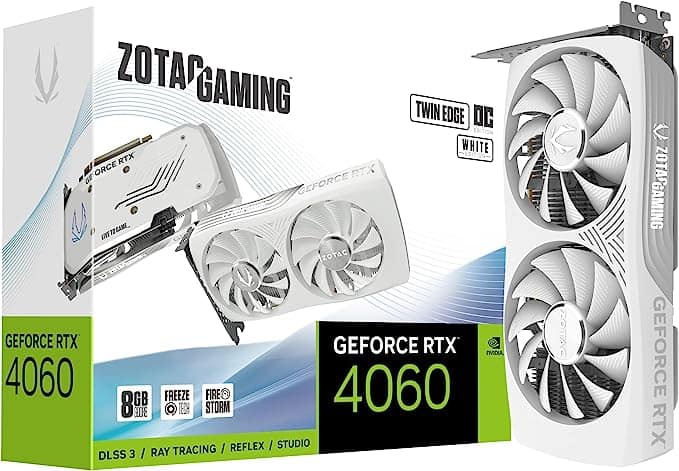
ZOTAC RTX 4060 Twin Edge OC White Edition
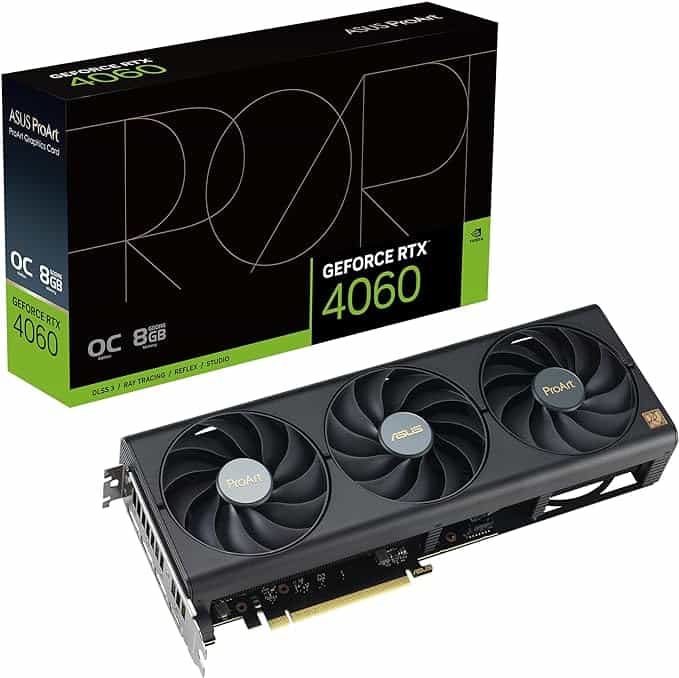
ASUS ProArt GeForce RTX 4060 OC Edition
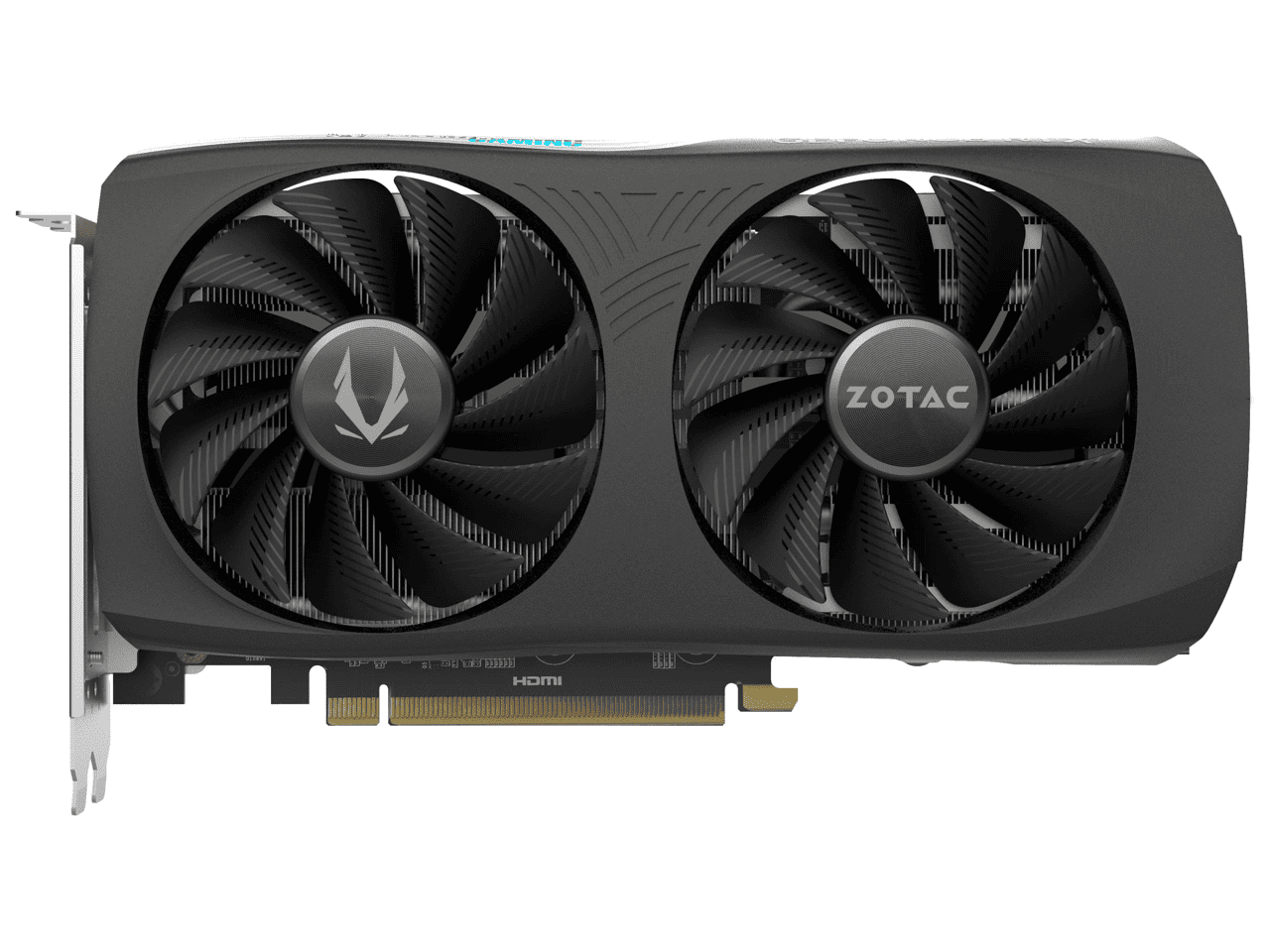
ZOTAC GeForce RTX 4070 SUPER Twin Edge
The best GPU for the 14600K is whatever GPU that suits your needs and strikes a balance between performance and affordability. You don’t want to be selecting a GPU that holds back your processor in any significant way, so why do the same for the GPU? All of the picks we have selected here will work tremendously with the 14600K, and allow it to really spread its wings in terms of gaming performance. And to top it all off, most of the cards on this list are capable of native 1440p gaming.